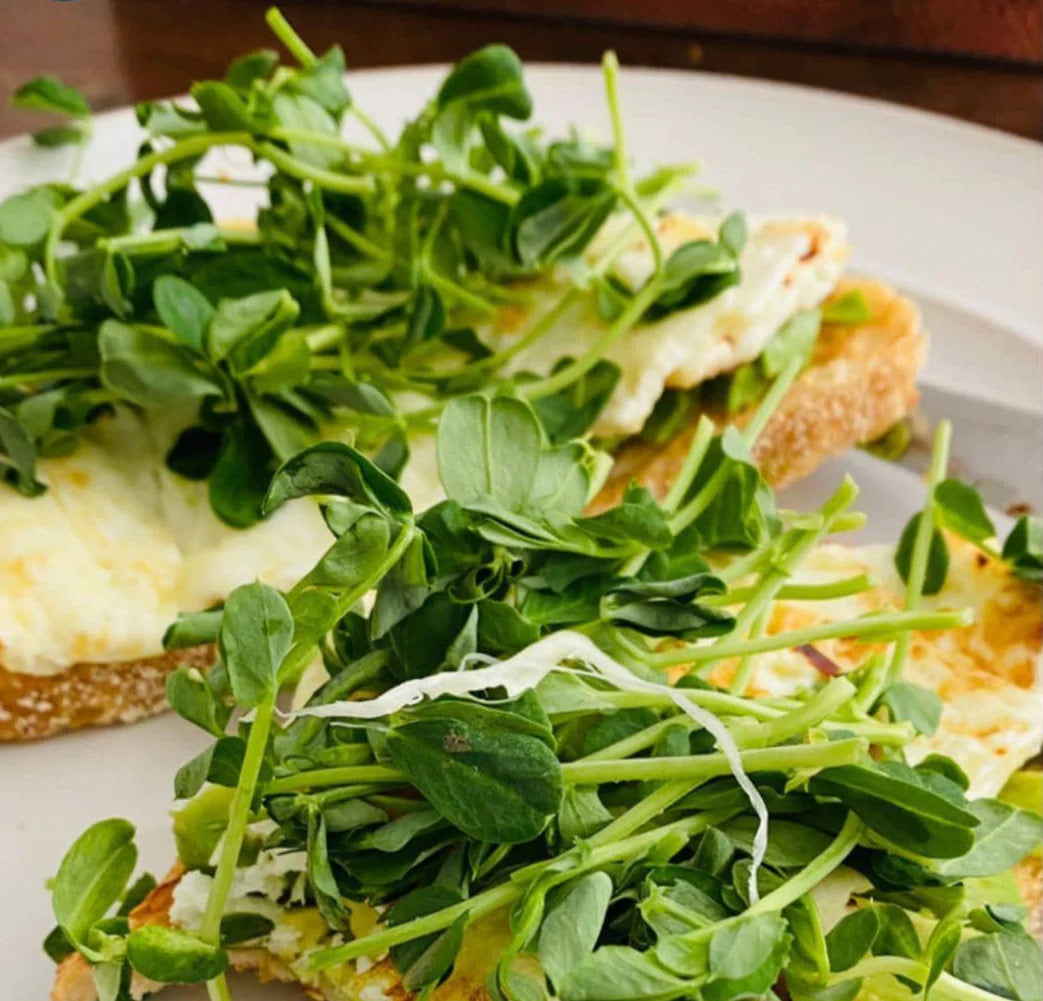What produce is in season in March?
The ice hasn’t even melted from Lake Michigan, so the answer is, unfortunately, not much. The Midwest growing season is short, so we’re often left with whatever pantry root vegetables have survived from last fall. Your turnips, your beets, potatoes, carrots, and sweet potatoes.
Even though the sun generally comes out in March, things still need time to grow. The first produce of spring is always wild, foraged, and extremely perishable, like ramps, fiddlehead ferns, or morel mushrooms. The forest, along with the farms, gets more exciting as the spring goes on.
The good stuff doesn’t start coming until after we’ve nursed our St. Patrick’s Day hangovers. The first farmed produce of spring brings French red radishes (not those dusty old daikons), pea tendrils, baby turnips, leafy non-lettuce greens like arugula and spinach– anything that comes from temperature-controlled greenhouses that protect leaves from the last frosts. Vegetables like asparagus won’t be coming until the end of April.
But, on the bright side, March is right after lambing season, so farms should have a lot of milk lying around - and because nobody needs that much milk (raw or not), they’re hopefully turning it into delicious cheeses to liven up your March dishes.
How do you use March produce?
March produce, especially in the wild, is supposed to get green very fast and live a very short life. Rotting is good for the soil and fuels the much hardier summer produce. Consider that ramps have a refrigerated shelf life of a week or so, max. It’s one of the reasons that it’s not feasible for Closed Loop to offer them, but if you come across fresh ones in your local farmer’s market, they’re one of the midwest’s best treats. Extremely perishable produce is good for extreme pickling, stopping the natural decomposition processes and infusing delicious brine and vinegar.
As an indoor farm, our most in-season microgreens would be our pea shoots. Pea shoots are a great way to hint at the far more exciting produce to come later in spring. Use them in a salad with a fruity vinaigrette, and maybe throw in a classic, fresh cheese of spring like feta or ricotta. They’re also a great replacement for spinach in pastas, spinach dip, or anything that calls for cooking or wilting some greens.
Hang on for the last few weeks of winter – there’s more flavor to come in the spring. In the meantime, we have plenty of cheeses, fun pantry goodies, and, of course, microgreens in our shop.

